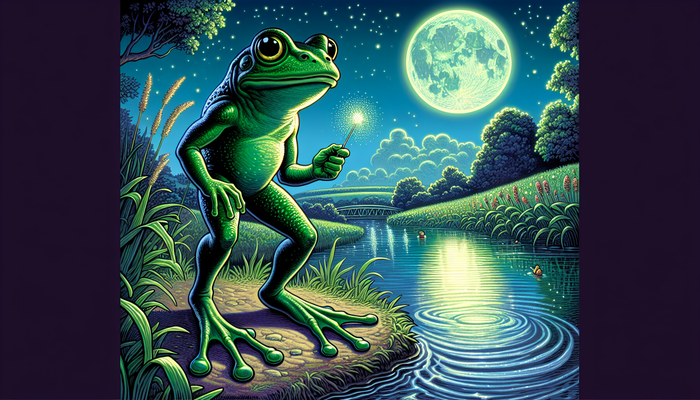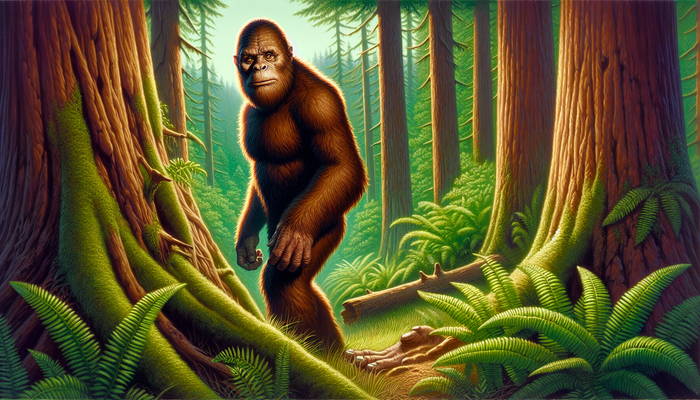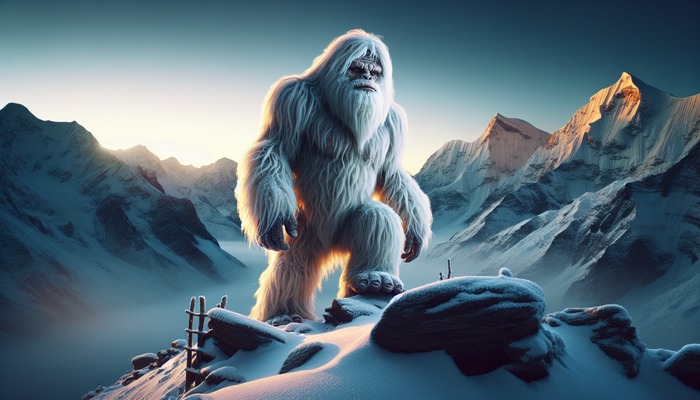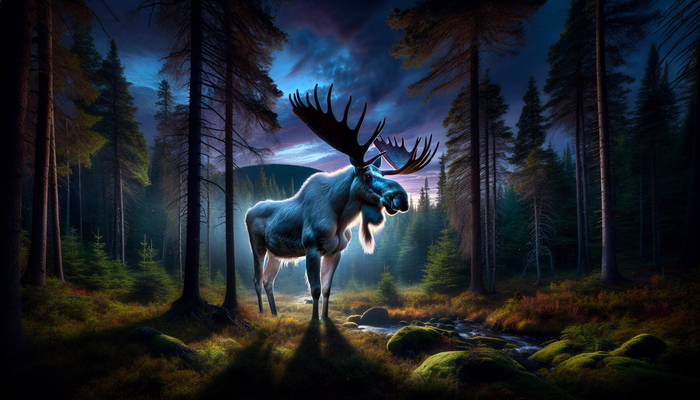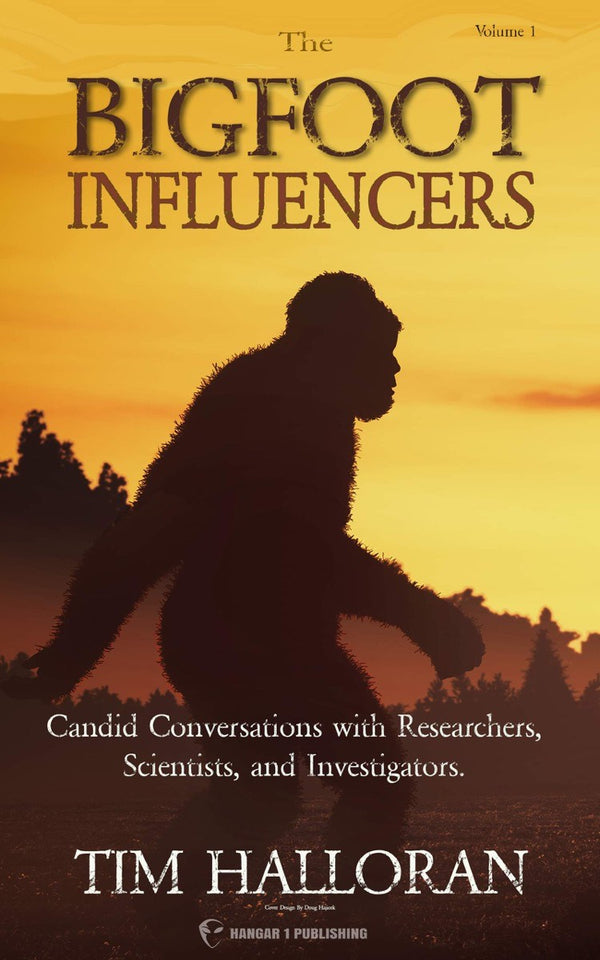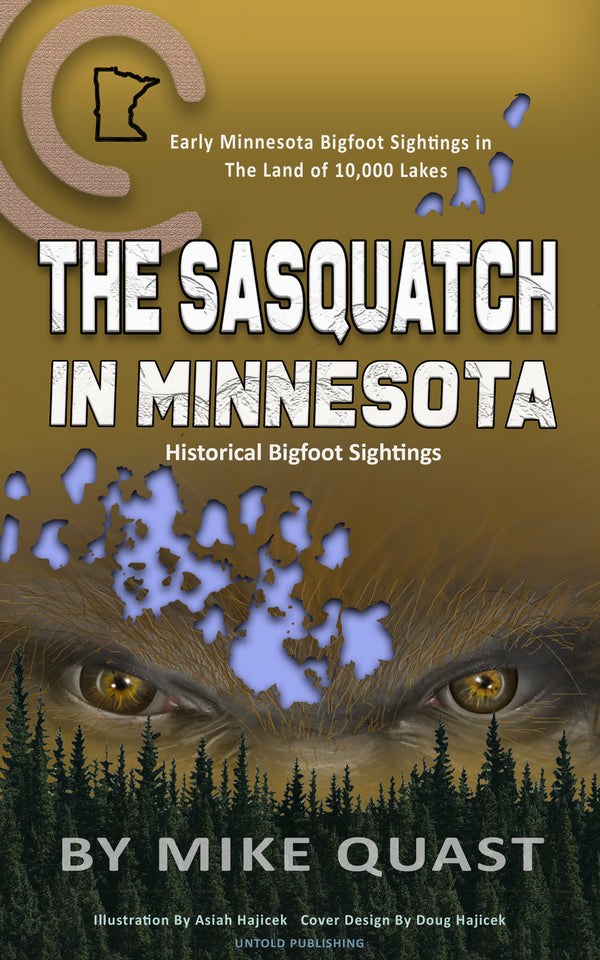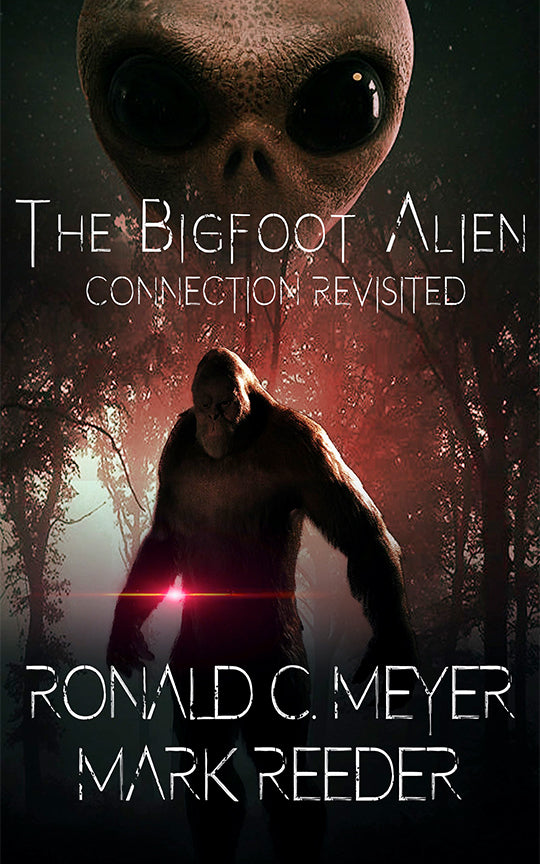Uncovering Bigfoot Sightings During Full Moons: Myths and Encounters
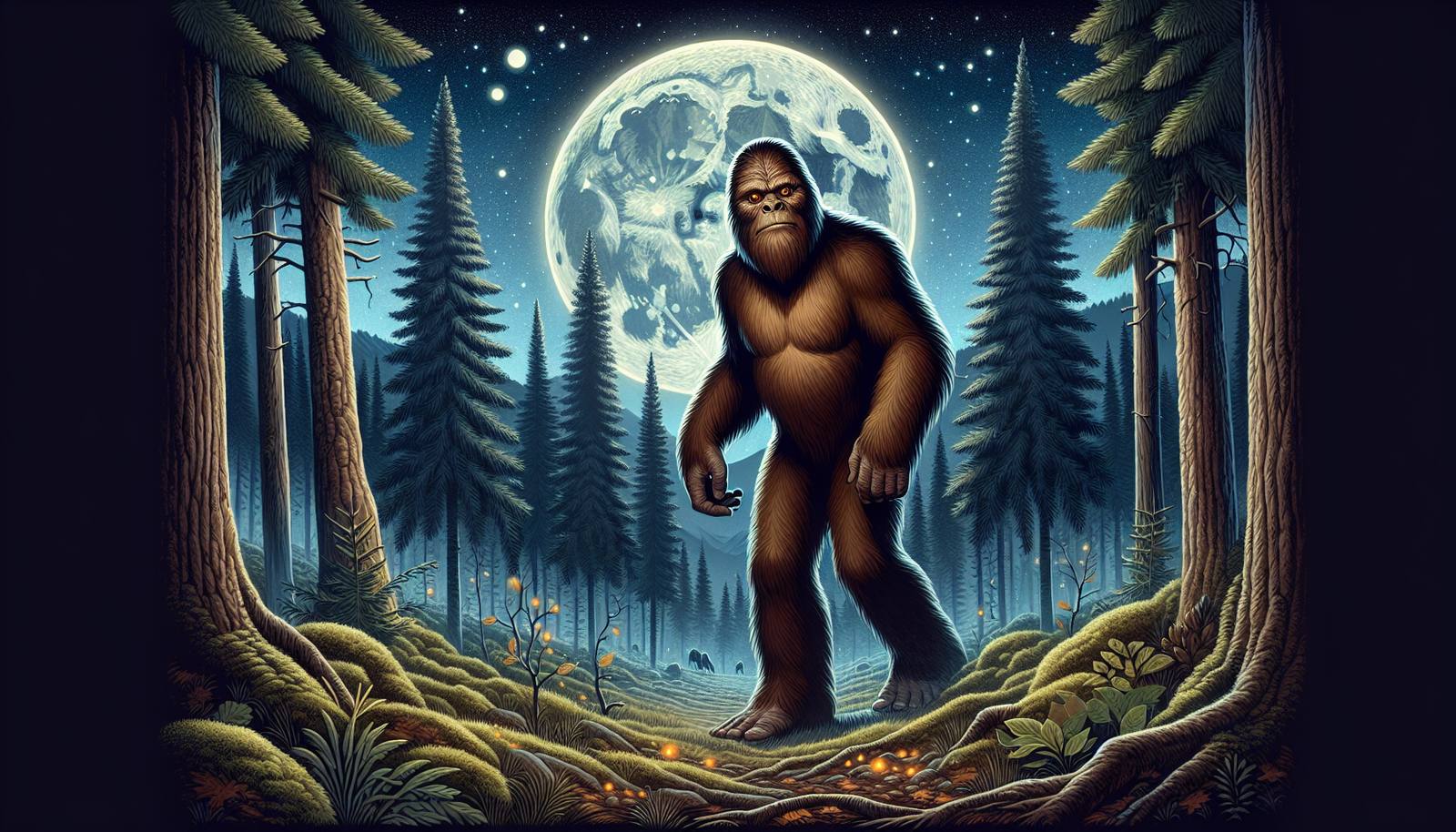
By Oliver Bennett, Cryptozoologist
The Allure of the Full Moon
Throughout history, the full moon has held a special place in human culture and imagination. From ancient myths to modern-day superstitions, the moon's influence on earthly affairs has been a subject of fascination and debate. In the realm of cryptozoology, the study of animals whose existence is unproven, the full moon takes on an even more significant role.
Many indigenous cultures have long associated lunar phases with increased activity of mythical creatures. The Spokane Indians, for instance, refer to Bigfoot as S'cwene'yti, which translates to "Tall, hairy, smells like burnt hair." Their legends often link sightings of this creature to specific lunar events, suggesting a deep-rooted belief in the moon's power to bring forth the extraordinary.
From a scientific perspective, the full moon does have measurable effects on the natural world. Many animals alter their behavior during full moons, either becoming more active or changing their hunting and mating patterns. This increased activity in the animal kingdom could potentially explain why more Bigfoot sightings occur during these times – there's simply more movement in the forests, leading to a higher chance of encounters.
The psychological impact of the full moon on human behavior and perception cannot be overlooked. The term "lunacy," derived from the Latin word for moon, reflects the long-held belief that the full moon can affect human mental states. While modern science has largely debunked the idea of "moon madness," studies have shown that people tend to be more alert and attentive during full moon nights. This heightened awareness could lead to an increase in reported sightings, as people are more likely to notice and interpret unusual phenomena in their surroundings.
Anecdotal Evidence: When the Moon Brings Out the Beast
The annals of Bigfoot lore are filled with captivating accounts of encounters during full moons. These stories, while not scientific proof, provide a fascinating glimpse into the experiences that fuel the Bigfoot phenomenon.
Duck River, Tennessee (2009)
A couple camping in the area reported hearing an unusually loud and deep howl during a full moon night. The sound was unlike anything they had ever encountered in the wilderness. The next morning, they discovered large, humanoid footprints near their campsite, far larger than any known animal in the region.
Hyner Cemetery, Pennsylvania (2020)
A family driving near the cemetery had a visual encounter during a full moon. They spotted a large, dark figure running from the cemetery towards the nearby river. The witness described the creature as being significantly taller than an average person and moving with incredible speed.
Blue Mountains, Washington (2018)
A group of researchers camping in the area reported a series of strange occurrences during a full moon. They described hearing unusual noises and seeing large, shadowy figures moving through the moonlit forest. While they were unable to capture clear photographic evidence, the researchers noted that the activity seemed to peak around the time of the full moon.
Missouri Ozarks (2019)
A group of friends on a camping trip reported hearing what they believed to be the cries of a baby Sasquatch during a full moon night. The sounds were described as eerily similar to a human infant but with a wild, animalistic quality. Upon investigation the next day, they discovered a set of large, humanoid footprints in the area where the sounds originated.
The Science Behind the Sightings
While anecdotal evidence provides the backbone of Bigfoot lore, it's essential to examine the scientific factors that might contribute to the perceived connection between full moons and Bigfoot sightings.
Ecological Factors
- Increased illumination alters wildlife behavior patterns
- More animal activity could lead to misidentifications
- Black bears are often cited as a possible source of confusion
Human Behavior
- People are more likely to engage in outdoor activities during full moons
- Increased presence in wilderness areas raises the chances of unusual encounters
Psychological Effects
- Studies show people report more unusual experiences during full moons
- The "lunar effect" may lead to misinterpretation of ambiguous stimuli
- Expectation and heightened alertness play a role in perception
Cultural and Historical Context
The modern Bigfoot phenomenon has deep roots in North American cultural history, particularly in the traditions of indigenous peoples. Many Native American tribes have oral histories that include references to large, hairy, human-like creatures inhabiting the wilderness.
Etymology and Cultural Significance
- "Sasquatch" derived from the Halkomelem word "sásq'ets"
- Indigenous stories often link creature sightings to lunar events
Modern Bigfoot Phenomenon
- 1958: Term "Bigfoot" coined in Humboldt Times newspaper
- 1967: Patterson-Gimlin film captures public imagination
- Late 20th century: Mass media spreads Bigfoot lore globally
Impact of Technology and Social Media
- Online platforms allow rapid sharing of sightings and theories
- Increased accessibility of information fuels public interest
- Challenges in separating genuine encounters from hoaxes
The Role of Technology in Bigfoot Research
As technology has advanced, so too have the methods employed by Bigfoot researchers and enthusiasts. Modern tools have revolutionized the way sightings are documented and investigated.
Advanced Equipment
- Night vision and thermal imaging cameras
- High-quality directional microphones for audio analysis
- Drones for aerial surveys
- Camera traps for remote monitoring
Digital Tools and Platforms
- Online databases for tracking sighting patterns
- Crowdsourcing platforms for citizen science contributions
- Social media for real-time reporting and discussion
Challenges of Technological Advancements
- Increased potential for hoaxes and manipulated evidence
- Need for more rigorous standards in evaluating digital evidence
- Ethical concerns regarding wildlife disturbance and privacy
The Skeptical Perspective
Despite the wealth of anecdotal evidence and dedicated research, the scientific community remains largely unconvinced of Bigfoot's existence. Skeptics point to several key factors that cast doubt on the reality of the creature.
Lack of Physical Evidence
- No conclusive bodies, bones, or DNA samples
- Absence of clear ecological niche or evolutionary history
Misidentification and Psychological Factors
- Known animals mistaken for Bigfoot in low-light conditions
- Human tendency to seek patterns and familiar shapes
- Power of suggestion and expectation influencing perception
Hoaxes and Cultural Influence
- Numerous cases of fabricated evidence throughout history
- Media depictions shaping public expectations and interpretations
Scientific Improbability
- Energy requirements for sustaining a large primate population
- Difficulty in remaining undetected in well-explored ecosystems
As we continue to explore the connection between Bigfoot sightings and full moons, it's clear that the phenomenon is as much about human perception and cultural beliefs as it is about the potential existence of an unknown creature. The full moon provides a backdrop of mystery and possibility, amplifying our senses and our imaginations. Whether you're a believer, a skeptic, or somewhere in between, the allure of Bigfoot under the full moon continues to captivate our collective imagination, reminding us of the enduring power of mystery in our modern world. In some areas, like Montana, the fascination with Bigfoot sightings remains particularly strong, with certain counties reporting more frequent encounters than others.
From Bigfoot to UFOs: Hangar 1 Publishing Has You Covered!
Explore Untold Stories: Venture into the world of UFOs, cryptids, Bigfoot, and beyond. Every story is a journey into the extraordinary.
Immersive Book Technology: Experience real videos, sights, and sounds within our books. Its not just reading; its an adventure.


